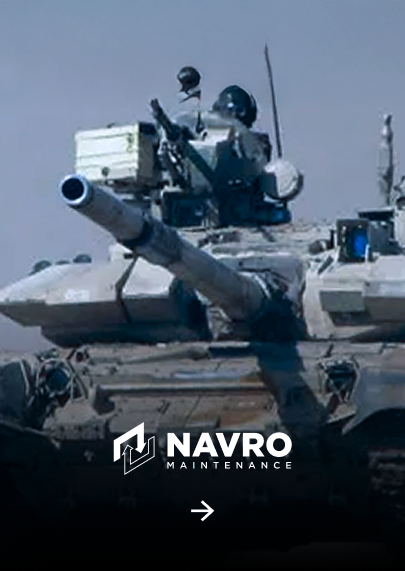About us
Innovation that
serves a greater mission.
Our mission is simple, yet profound
to Empower Heroes.
We combine deep field insight with cutting-edge R&D. Every solution is purpose-built to resolve real-world challenges and engineered to perform under pressure.
Featured
Solutions
Solutions
Next-Gen Solutions
For Soldiers & Platforms
A resolve that
Turned into passion

0 Decades
of Empowering Heroes

Empowered
0 Million +
Soldiers
30000+
Platforms

Trusted by
0+
Forces
0+
Countries

0+
Channel Partners



 LOGIN
LOGIN









.jpg)








